- 路 Microwave
- 路 Atmospheric Pressure Microwave 路 Pressure Microwave 路 Parallel Microwave
- 路 Ultrasonic 路Low Temperature Ultrasound
- 路 Ultraviolet Light
- 路 Microwave Heating 路 Atmospheric Pressure Synthesis 路 Atmospheric Pressure Catalysis 路 Atmospheric Pressure Extraction
- 路 Sample Preparation 路 Microwave Digestion
- 路 Soil Digestion 路 High Pressure Synthesis
- 路 Solid Phase Synthesis
- 路 Organic Synthesis
- 路 Ionic Liquid Synthesis
- 路 Degradation Of Natural Organic Matter
- 路 Natural Product Extraction / Purification
河北祥鹄科学仪器有限公司
800C Changes in Forms and Availability of Heavy Metals before and after Aerobic Fermentation of Municipal Sludge
This paper was completed by a research scholar at the College of Chemistry and Chemical Engineering of Jiangsu Normal University. The paper discusses the changes in the form and effectiveness of heavy metals before and after aerobic fermentation of municipal sludge, and published it in the important journal
Taking the dewatered sludge of Xuzhou Guoyu Water Operation Company as the research object, the exogenous bacteria (Bacillus licheniformis and Pseudomonas putida) were added for aerobic fermentation. Various forms of heavy metals in the sludge were extracted by BCR method, and the contents of each form were determined by atomic absorption and atomic fluorescence spectrometry. The results showed that aerobic fermentation could reduce the bioavailability of Cr, As and Pb in sludge; the bioavailability of Cu, Zn, Cd and Ni increased after fermentation, but their effectiveness after fermentation with exogenous bacteria It was lower than the control group; the exchangeable content of Hg before and after fermentation was not measured.

Fig.1/3↑
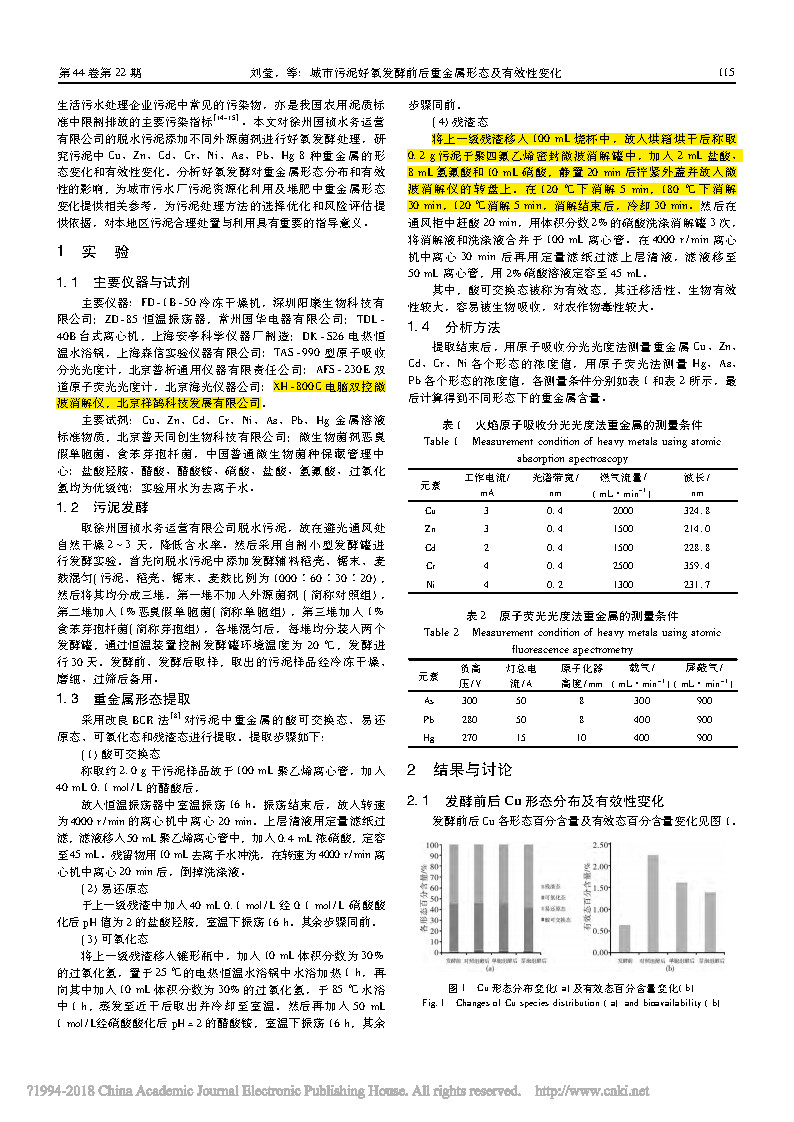
Fig.2/3↑

Fig.3/3↑
From the distribution of heavy metals, the stable forms of Hg, Pb and As in the sludge are relatively high, and Hg and Pb are almost in the form of residual state. The unstable forms of Ni, Cd, Zn and Cr in the sludge. Relatively high. After aerobic fermentation of sludge samples, the proportion of acid exchangeable (effective state) of Cr, As and Pb decreased significantly, that is, the bioavailability of Cr, As and Pb decreased. The percentage of acid exchangeable state of Cu, Zn, Cd and Ni increased after aerobic fermentation of sludge, but compared with the control group without added exogenous bacteria, Pseudomonas putida and Bacillus licheniformis were added after fermentation. The effective percentage of the sludge in the sludge is low, indicating that the addition of exogenous bacteria helps to reduce the bioavailability of the four metals. The exchangeable content of Hg before and after aerobic fermentation of sludge was not measured, indicating that Hg is less bioavailable. In general, the addition of target exogenous agents during aerobic fermentation of sludge is beneficial to reduce the bioavailability of heavy metals.
The upper residue was transferred to a 100 mL beaker, dried in an oven, and weighed 0.2 g of sludge in a PTFE-sealed microwave digestion tank, and 2 mL of hydrochloric acid, 8 mL of hydrofluoric acid, and 10 mL of nitric acid were added. After standing for 20 min, tighten the cover and place it on the turntable of the microwave digestion instrument. Digestion was carried out at 120 °C for 5 min, digestion at 180 °C for 30 min, digestion at 120 °C for 5 min, and after digestion, cooling for 30 min. Then acid in the fume hood for 20 min, wash the digestion tank 3 times with 2% nitric acid, and combine the digestion solution and the washing solution into a 100 mL centrifuge tube. After centrifugation in a 4000 r /min centrifuge for 30 min, the supernatant was filtered through a quantitative filter paper, and the filtrate was transferred to a 50 mL centrifuge tube and made up to 45 mL with a 2% nitric acid solution.








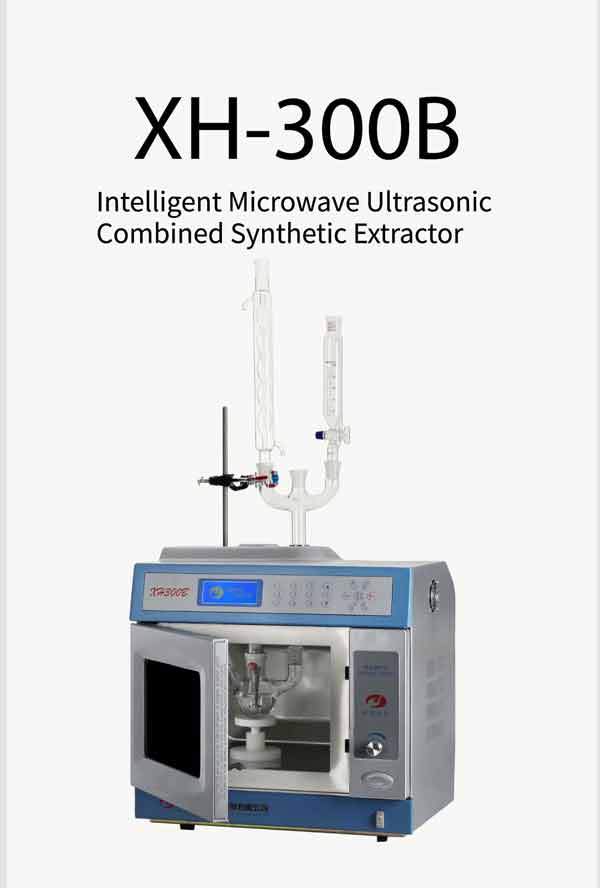

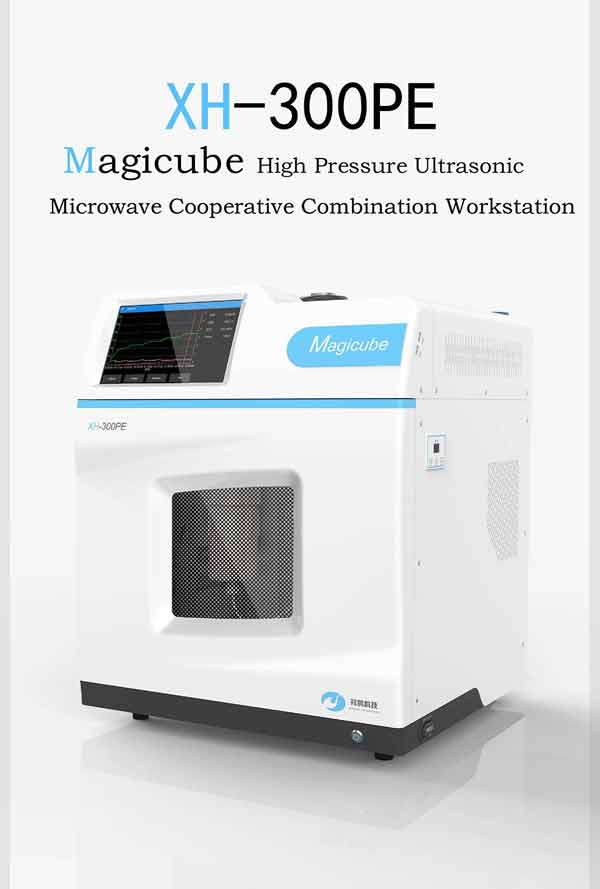
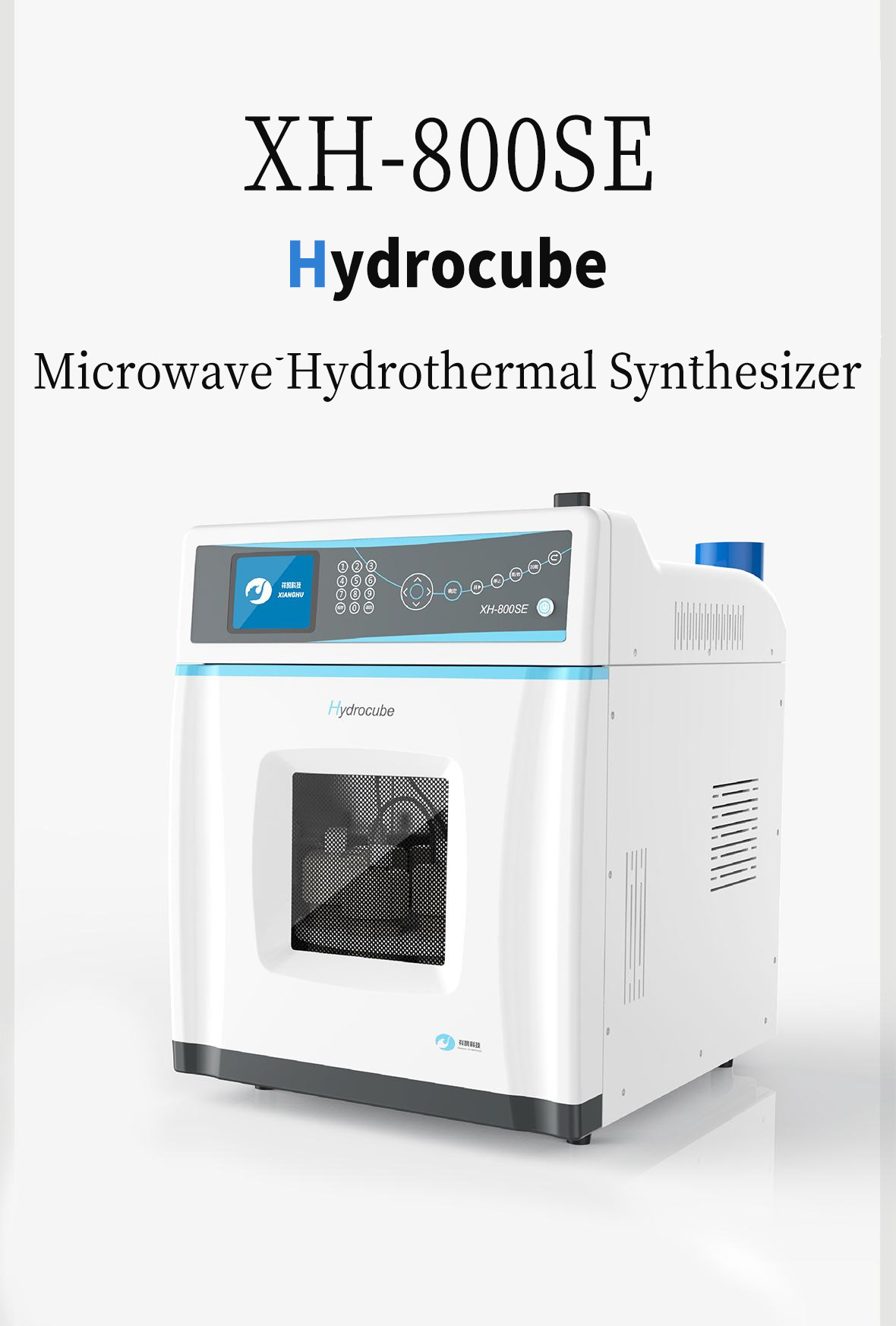
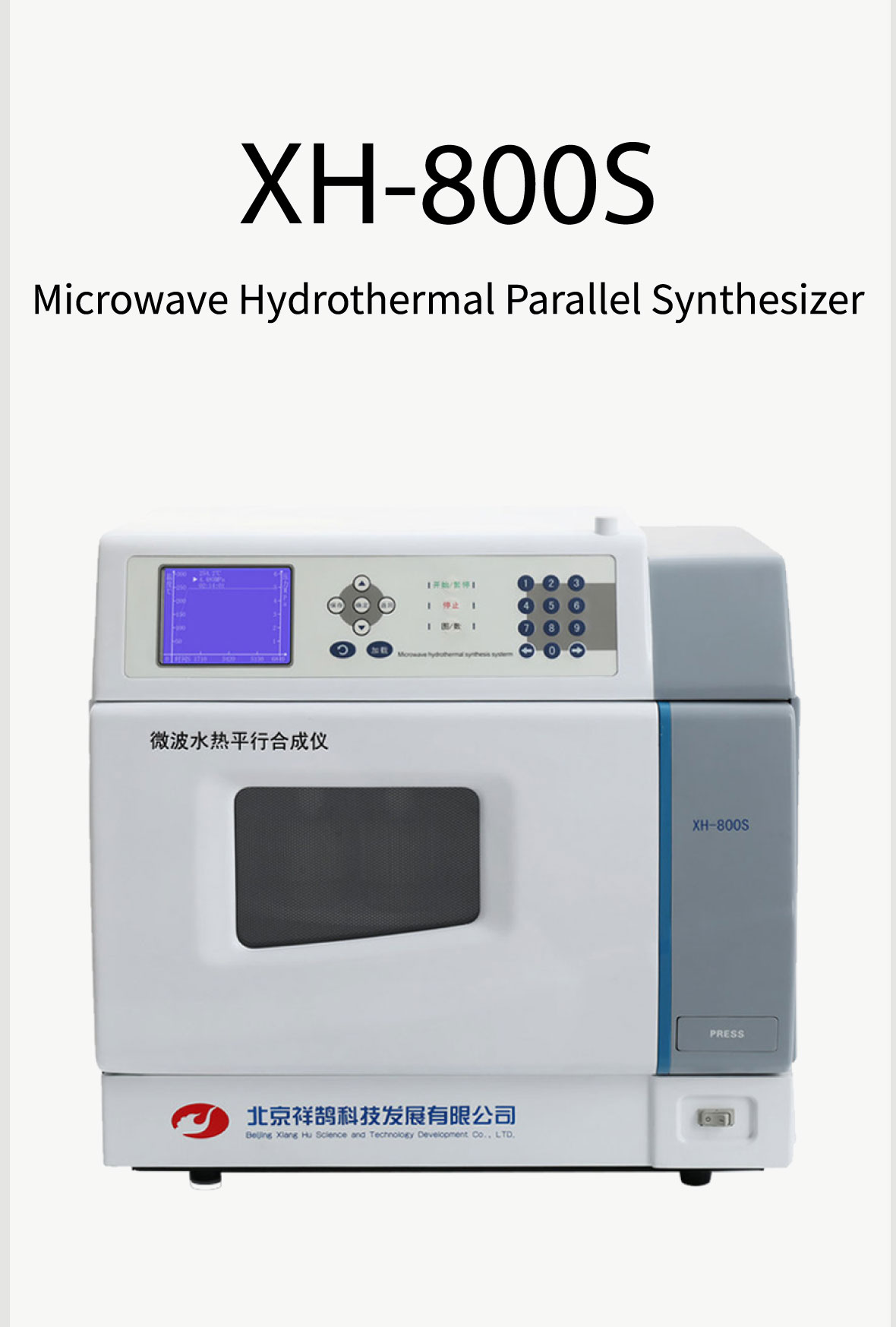
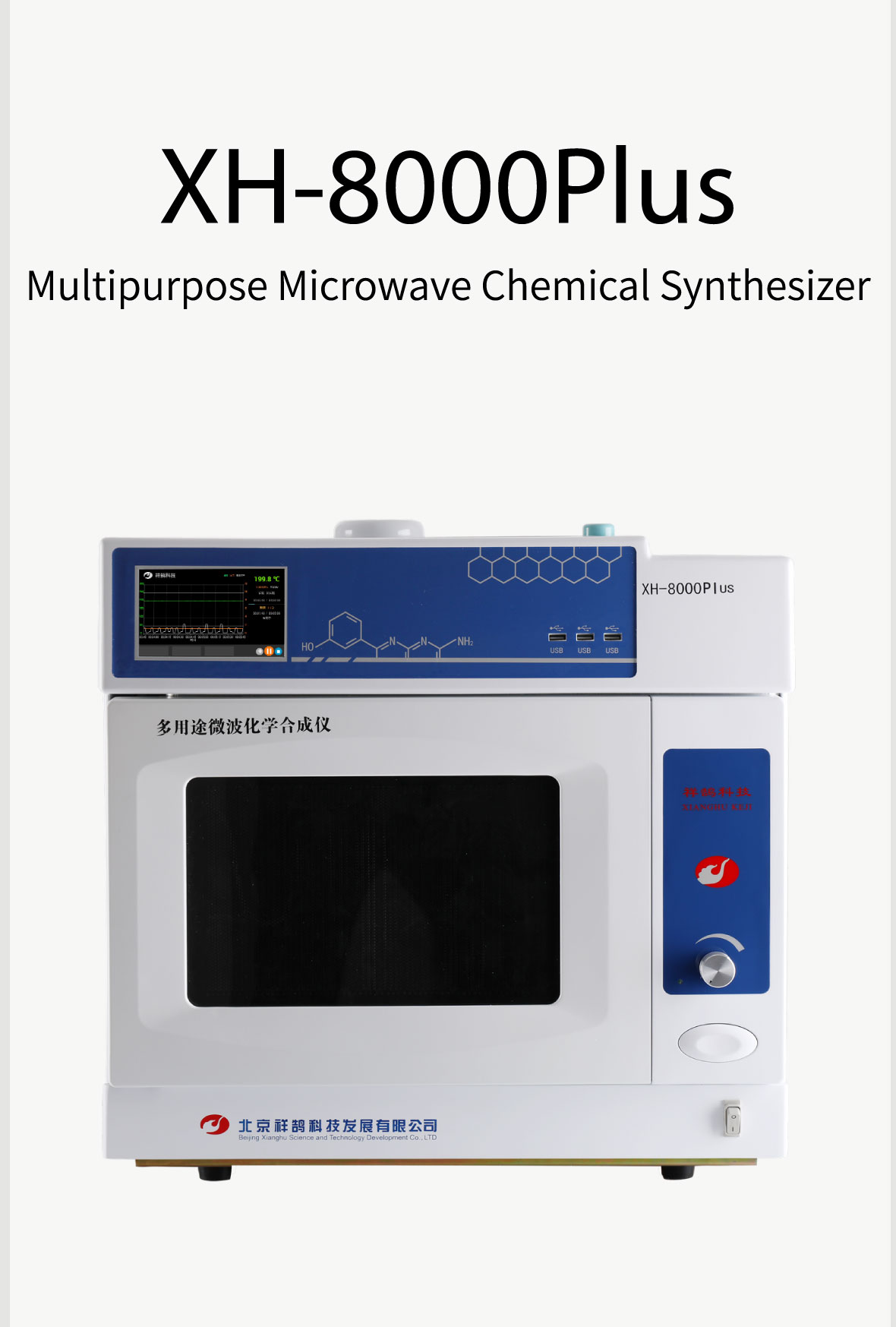
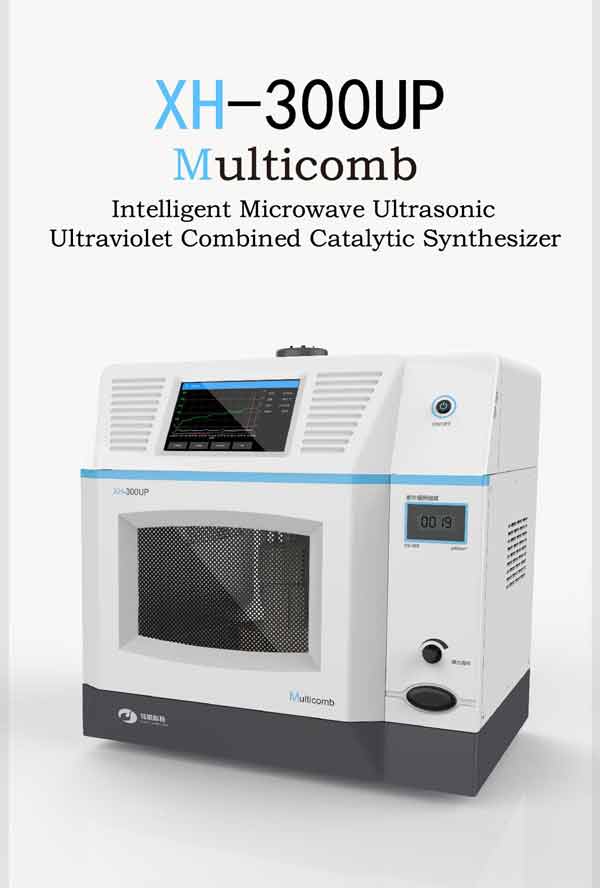
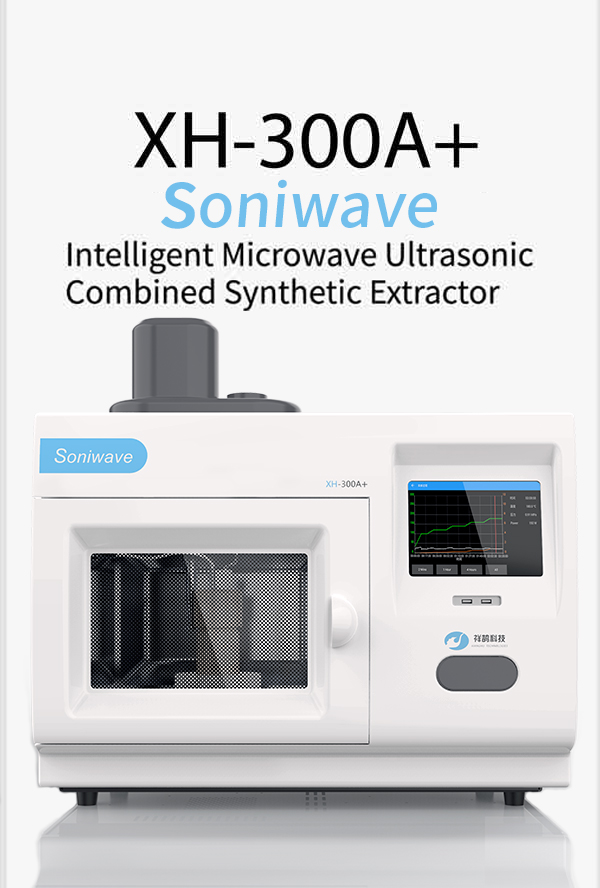

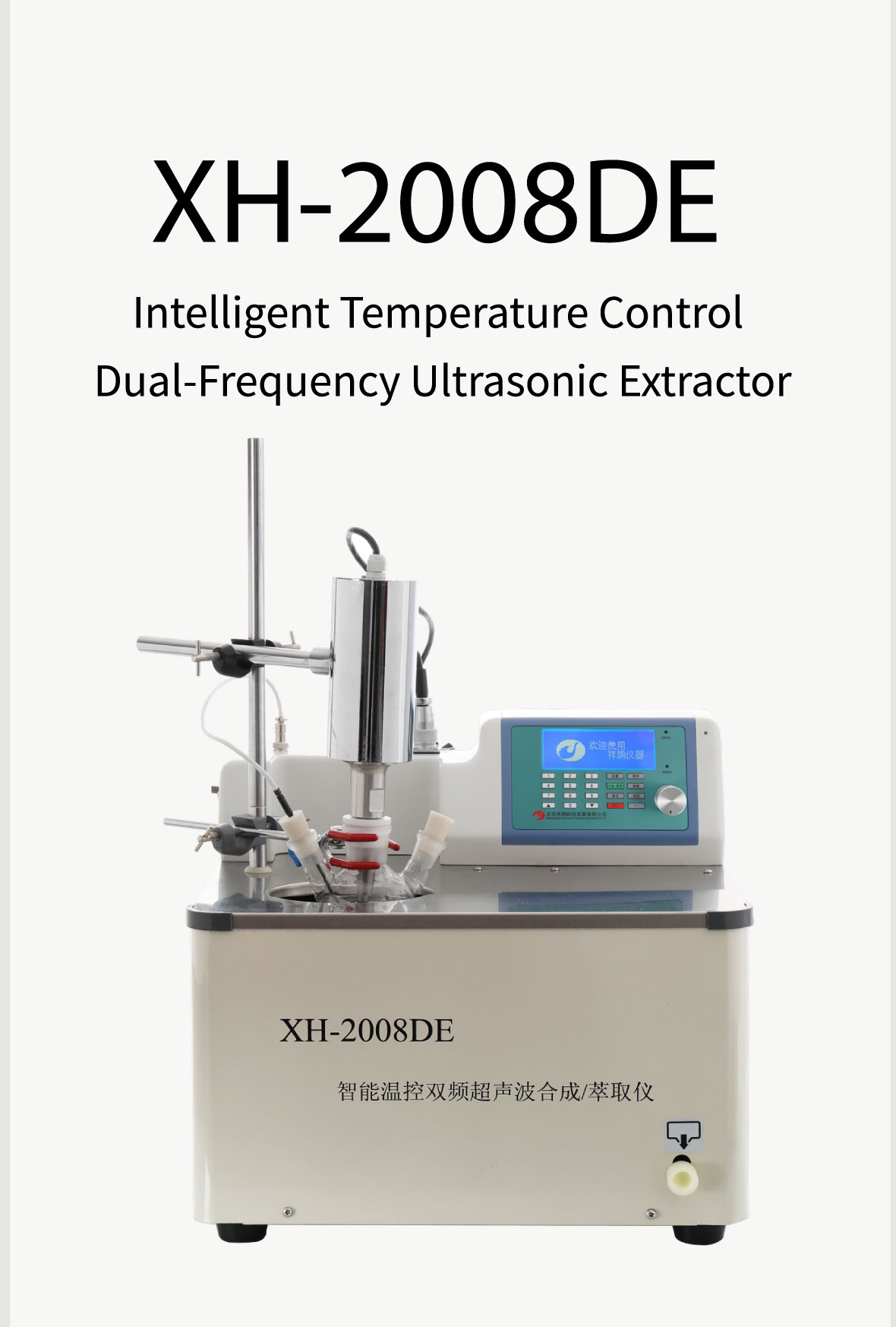



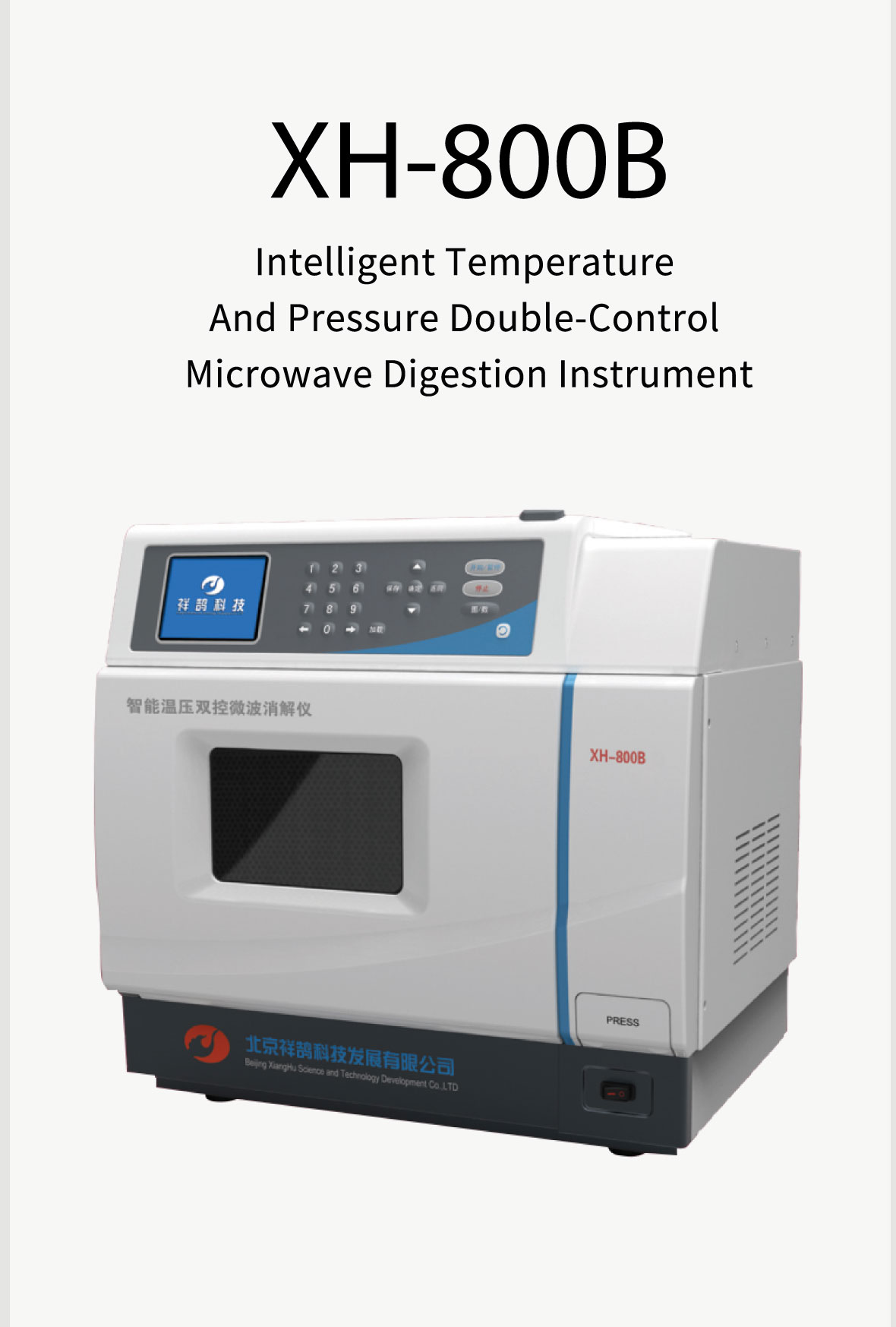

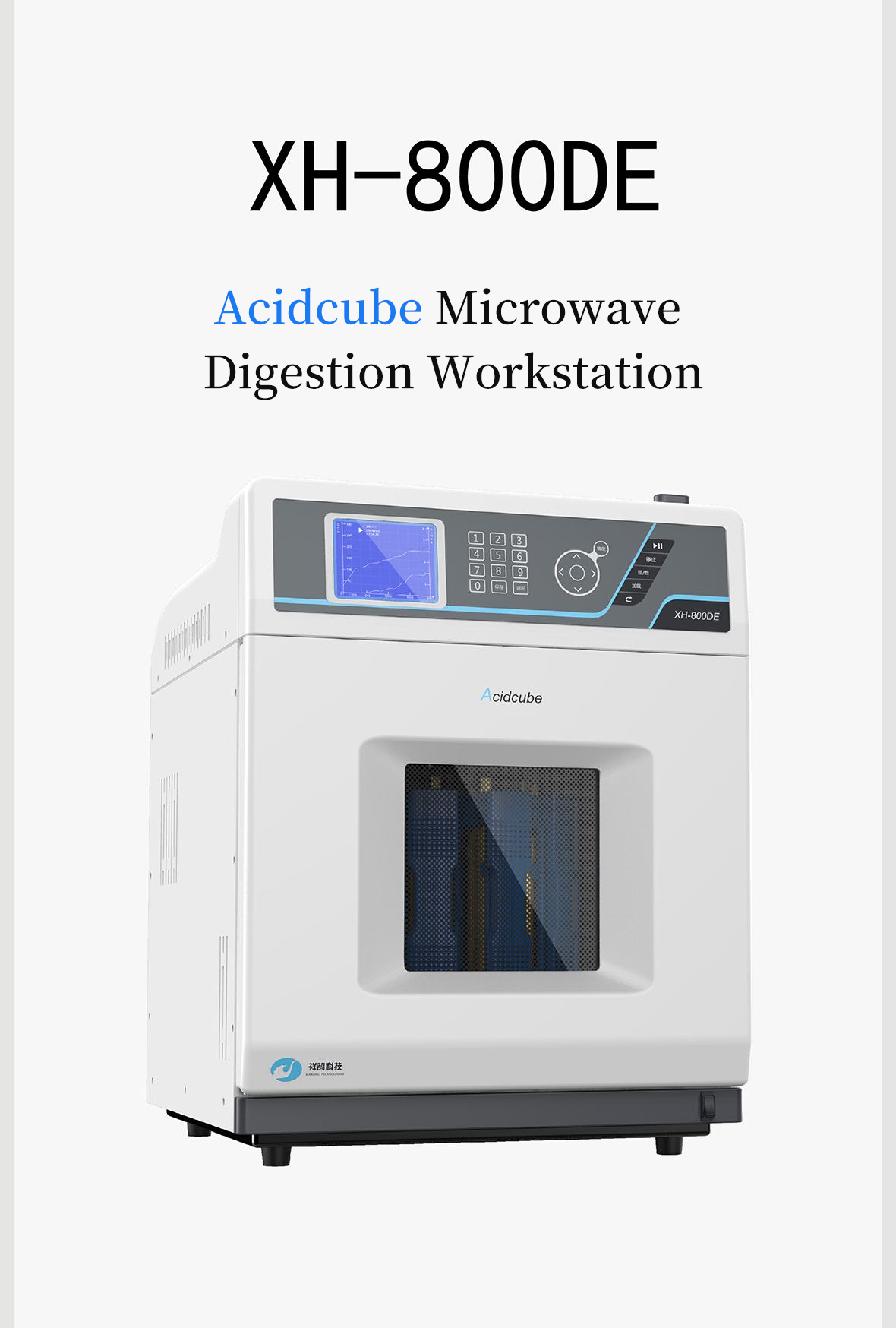

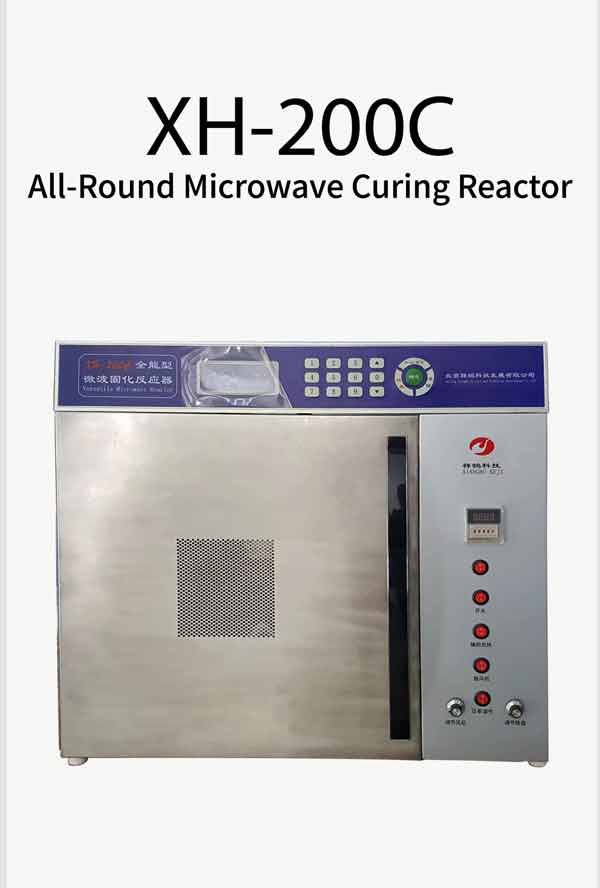
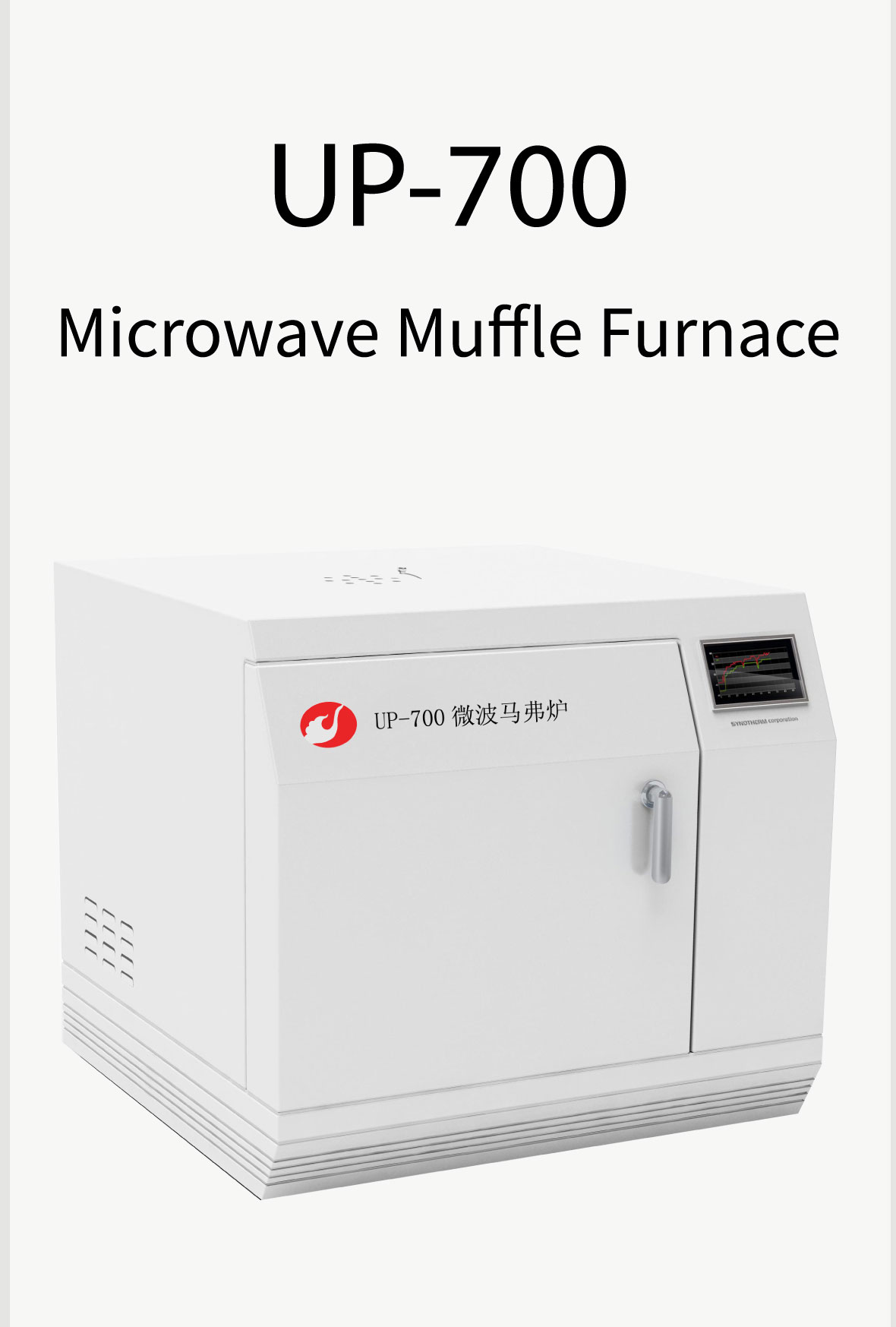

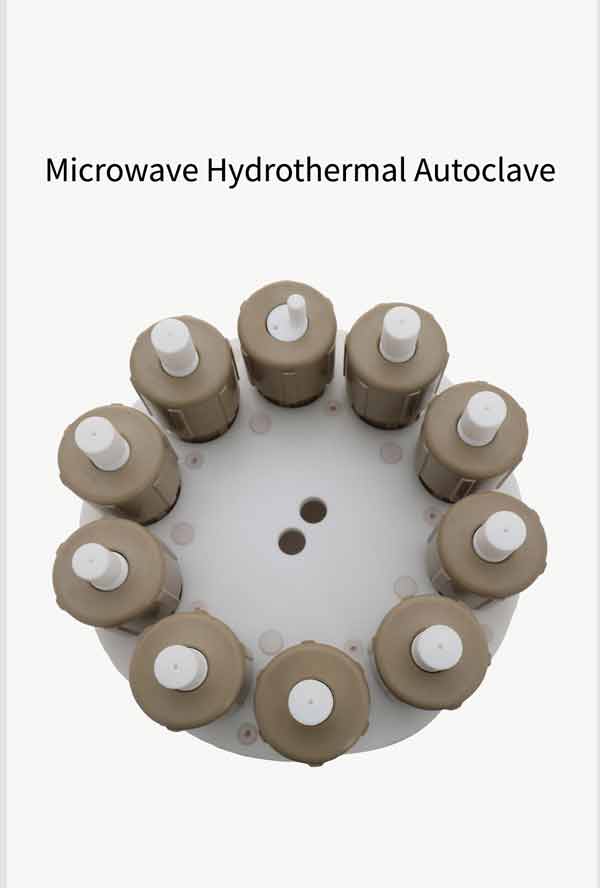




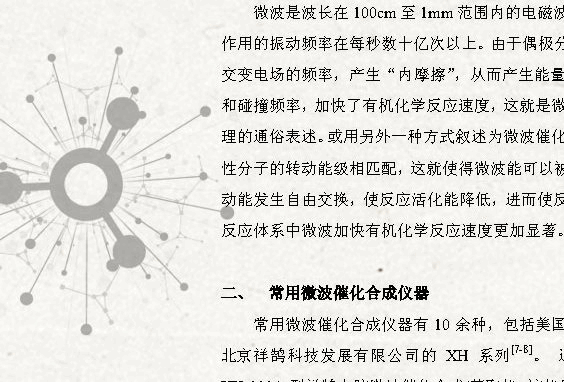

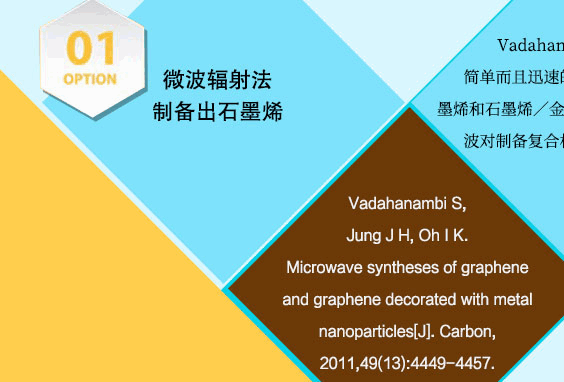
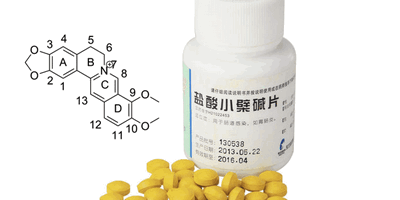


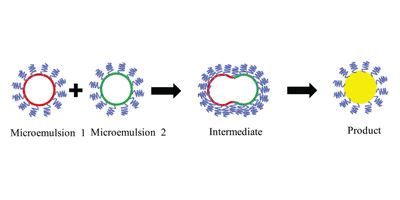
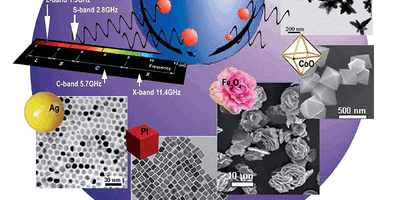
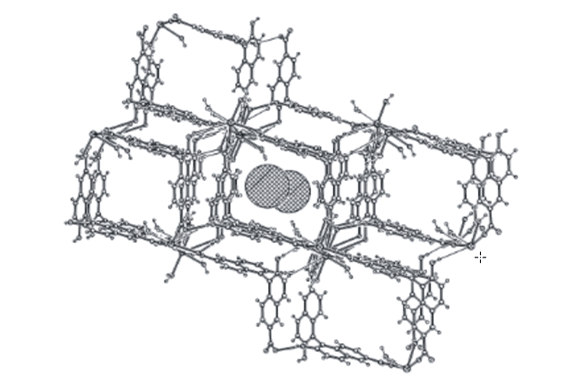
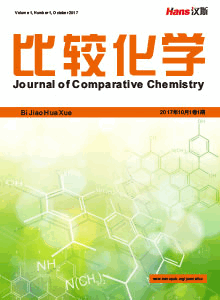
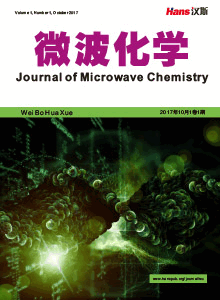
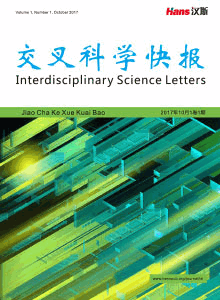




 京ICP备15050585号
京ICP备15050585号

